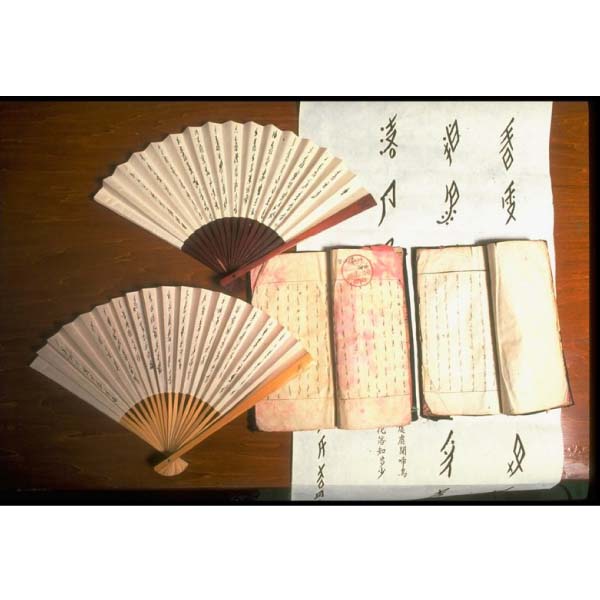There is a revival of interest in Nüshu (女書), a syllabic writing system developed from Chinese characters and once used only among women in Jiangyong county, Hunan province in central China.
As recently as this past August, the crew of a popular reality television show went to Jiangyong to find out more about Nüshu.
The script is believed to have been used beginning 1550-1911, covering the period from the mid-Shang until Qin dynasties.
It was invented and used by Jiangyong’s women because they were denied education during imperial China, according to the website Scriptsource. Consequently, women were largely illiterate.
Nüshu was used to exchange letters, write stories, songs, poetry and laments, to embroider mottos onto clothing, and for “third day missives,” booklets given to new brides containing well-wishes and advice for their marriage.
It was written in books, folding fans, embroidered fabric and even just loose papers, says Zhao Liming, a professor at Tsinghua University, Beijing.
Cleverly embedded in folk craft items, disguised as designs and motifs, Nüshu is the only style of calligraphy that has been kept secret for centuries, according to “beyondcalligraphy” website.
Texts tended to be written in verse form. Contents of Nüshu text tended to center around women’s lives, thoughts and feelings. Nüshu characters are syllabic, each one representing a phonetic sound, with no meaning or semantic content.
As it was, women’s lives centered around the home and in the company of other women, with whom strong lasting bonds form. It is believed that was how the script was passed around.
As political and social changes enabled women to receive education, the use of Nüshu diminished. As well, it was suppressed by the occupying Japanese during the 1930s and 1940s, and by the Red Guard during the 1960s.
Categories
Interest grows in dying women-only script





